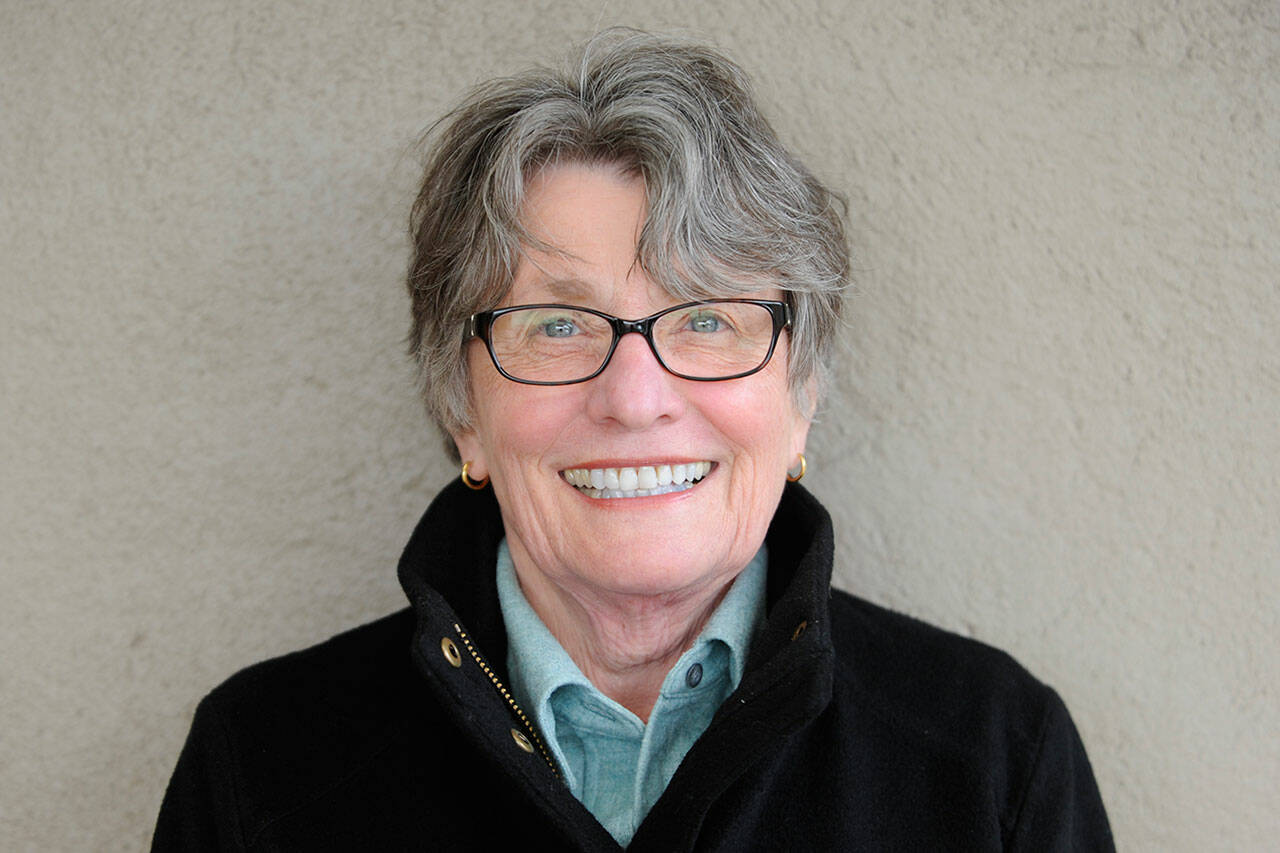I have never flown a kite, but I have watched many others fly all manner of kites on windy days at the ocean. My limited study tells me flying kites requires skill in getting the kite up into the wind current and keeping it up, all of which calls for planning, focus and patience.
I do not know the rewards experienced by kite flyers. My guess is it has much to do with the beauty and grace of the kite on the end of the strings controlled by their own hands. I still feel a thrill, even joy at the flights of brightly colored kites, some built like box frames, some built like fanciful planes or boats.
It is wondrous and pulls us up above the ordinary. Yet those of us on the ground tending the strings must do the work to keep the spirit free or else it crashes to the ground.
By now you realize my heart and mind are trying to paint a picture or tell a story through kite flying that expresses our journey in hospice.
Tension
On two separate occasions with two different family members, each made comments about staying out of my way. I had noticed that each indeed stood aside until they felt relaxed about stepping in.
When I stepped out of my situation to observe my own actions, I could see that I was controlling the environment around the care of husband Paul and felt regret over my dismissal of their concerns and desire to help.
In spite my regret, I felt no intention to change which caused me to ponder the whereabouts of my usual good intentions.
That I was so sure that I would not change was the biggest clue to the mystery of this blind spot about the comfort of others.
Ninety-five percent of the time, it is Paul and me. No one else is here to help us.
Whatever needs to happen — medicines, sleep, oxygen, nutrition, visits — and what should never happen — falls, missed pills, suffering — is dependent on us.
We do live with the cats Maggie and Jolie who add their share of warm comfort and more than their share of controlling behavior.
I wrote before that it took two months to adapt emotionally, physically and environmentally to what felt like an abrupt turn from hope and rehabilitation to no hope, sorrow, safety and comfort care.
The magnitude of details that required tending was overwhelming and required both our attentions to problem solve, tear down and rebuild our routines. We have rearranged the furniture in our living area three times.
I likened running through the myriad of details to running through raindrops without getting wet.
Strings attached
At last, we arrived at peace with a somewhat rigid plan with enough flexibility to handle the inevitable daily surprise usually related to household needs like taking Maggie to the vet.
That is when kite flying appeared on my thoughts. The freedom and joy of a flying kite with strings attached to keep it up, safe and flowing appealed to our sense of mission and the effort we make each day to experience and preserve our love and life together.
We each hold our strings that allow us to manage Paul’s care in our home. Once confined to a wheelchair Paul readily learned to make safe transfers using the strength in his legs and arms. I watch him and know it is not easy, but I also know he is a man with a purpose and a strong will to match.
Like the kite fliers, we are grounded in the knowledge we must tend the strings, to see, feel and experience the freedom and joy of our remaining time together.
I cannot — will not — relinquish the strings to others. I can and do tell them that I appreciate their caring and forbearance.
Like the kite fliers, Paul and I know the day will come and our life together will return to the ground; we hope with a smooth landing and not a crash.
We also know that our kite flying high and free is as much a symbol of our love and life as the photos on our bedroom wall which includes a card with a quote that we framed and hung more than 20 years ago.
“Unable to die are those that are loved for love is immortality,” Emily Dickinson
Bertha Cooper, a featured columnist in the Sequim Gazette, spent her career years in health care administration, program development and consultation and it the author of the award-winning “Women, We’re Only Old Once.” Cooper and her husband have lived in Sequim more than 20 years. Reach her at columnists@sequimgazette.com.


